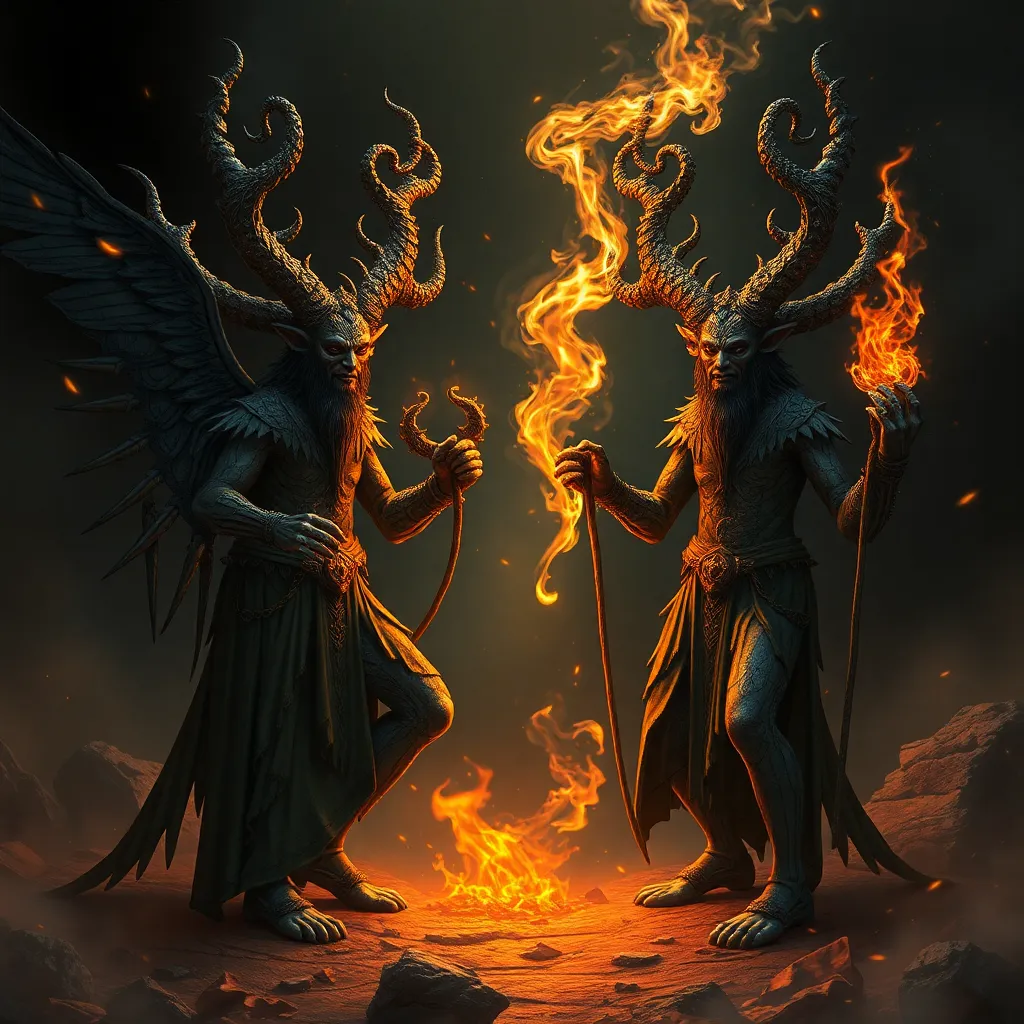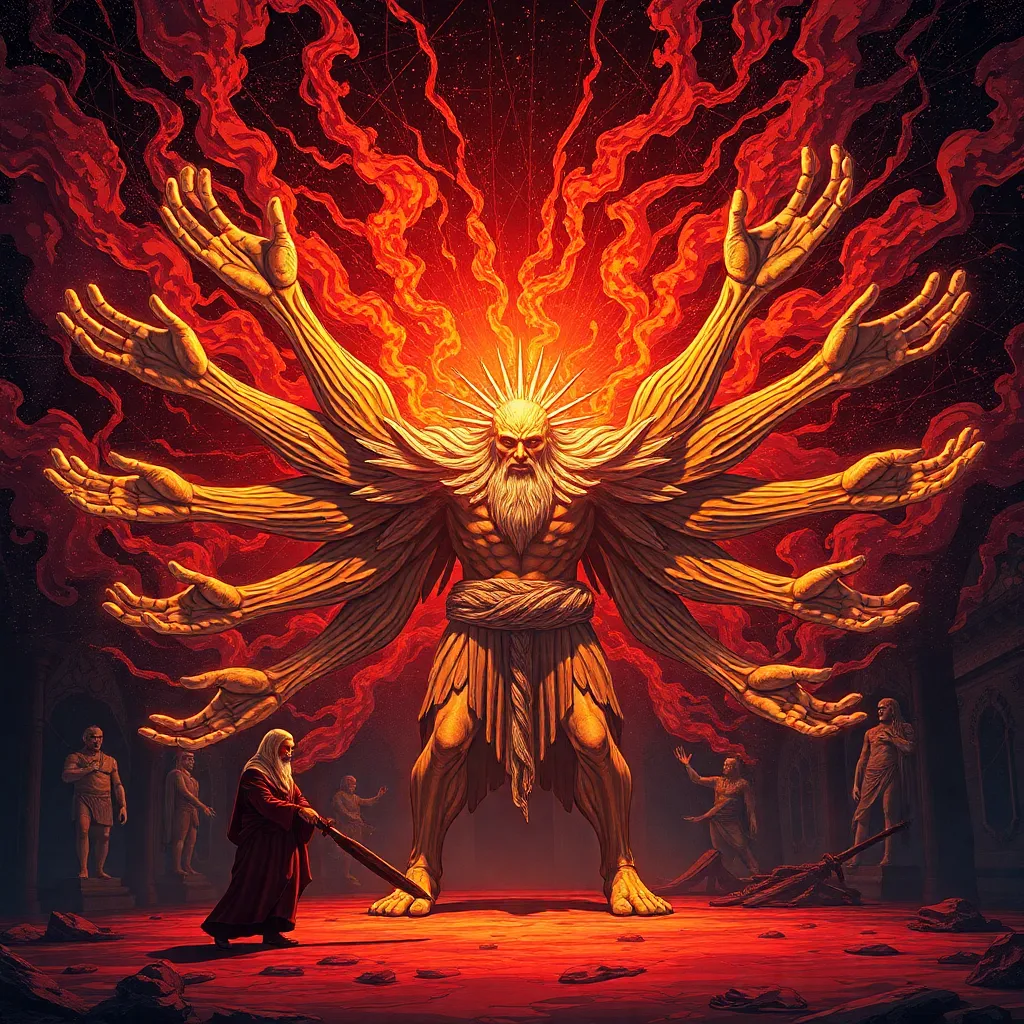The Phoenix in Music: From Classical Symphonies to Rock Anthems
I. Introduction
The Phoenix, a mythical bird that rises from its ashes, symbolizes rebirth and transformation. This powerful imagery has transcended time and culture, making its way into various artistic expressions, particularly in music. In this article, we will explore how the Phoenix motif has been interpreted across different musical genres, from classical symphonies to contemporary rock anthems.
Music has the unique ability to convey complex emotions and narratives, and the Phoenix serves as a potent symbol of resilience and renewal. We will examine the significance of the Phoenix in various musical forms, exploring notable compositions, cultural storytelling, and the personal struggles of artists who have embodied this symbol in their work.
The structure of the article will take us through classical music, folk traditions, rock anthems, and contemporary pieces that highlight the Phoenix’s enduring legacy. We will also compare classical and modern interpretations of this mythical figure, culminating in a reflection on its universal appeal.
II. The Phoenix in Classical Music
The representation of the Phoenix in classical music can be traced back to ancient myths, where it was often depicted as a symbol of immortality. Composers throughout history have drawn inspiration from this legendary creature, embedding its themes into their symphonies and orchestral works.
Some notable compositions inspired by the Phoenix include:
- Stravinsky’s “The Firebird” – This ballet showcases the beauty and power of the mythical bird, capturing both its grace and its destructive potential.
- Liszt’s “Les Préludes” – The composition evokes the cyclical nature of life and death, paralleling the Phoenix’s story of resurrection.
- Prokofiev’s “The Tale of the Stone Flower” – Here, the Phoenix symbolizes artistic rebirth and the pursuit of beauty.
The thematic elements found in these compositions often reflect the duality of destruction and renewal. Musical motifs associated with the Phoenix frequently employ rising and falling patterns, mirroring the bird’s cyclical journey from ashes to flight.
III. The Phoenix in Folk and World Music
The myth of the Phoenix is not limited to Western culture; it resonates across various traditions worldwide. In many cultures, the Phoenix symbolizes hope, renewal, and the eternal cycle of life.
Examples of folk songs and world music that incorporate the Phoenix theme include:
- Chinese Folk Songs – The Fenghuang, often referred to as the Chinese Phoenix, appears in numerous ballads celebrating virtue and harmony.
- Middle Eastern Music – The Phoenix is featured in stories that highlight resilience and the triumph over adversity, often sung in poetic forms.
- Native American Traditions – Stories of the Phoenix are woven into music that emphasizes the connection between nature, spirituality, and renewal.
Storytelling plays a crucial role in folk traditions, where the Phoenix narrative often serves to impart lessons about perseverance and the human spirit. These songs carry cultural significance, reinforcing community bonds and shared values.
IV. The Phoenix in Rock Music
The evolution of the Phoenix motif in rock music reflects the genre’s focus on rebellion, transformation, and personal expression. Rock anthems often embody themes of resilience, making the Phoenix a fitting symbol for artists and movements within the genre.
Iconic rock songs that capture the essence of the Phoenix include:
- Rise Up by Andra Day – A powerful anthem of overcoming obstacles and rising above challenges.
- Firework by Katy Perry – This song encourages listeners to embrace their inner strength and shine brightly, akin to the Phoenix’s rebirth.
- I Will Survive by Gloria Gaynor – A classic anthem of resilience and empowerment, echoing the Phoenix’s journey of revival.
The influence of the Phoenix on subcultures within rock music is significant. From punk to metal, the symbolism of rebirth resonates with themes of defiance and strength, shaping the identities of many artists and their followers.
V. The Phoenix as a Metaphor for Personal Struggles
The Phoenix serves as a powerful metaphor for personal struggles and triumphs. Many artists have used its imagery to express their own challenges and journeys of self-discovery.
Psychological interpretations of the Phoenix in lyrics often delve into themes of:
- Overcoming adversity
- Finding strength in vulnerability
- Embracing change and transformation
Artists such as Taylor Swift and Eminem have drawn on the Phoenix symbol to articulate their experiences with hardship, resilience, and renewal. Their music resonates deeply with listeners who find solace in these narratives, creating a shared experience of healing and empowerment.
VI. The Phoenix in Contemporary Music
In today’s music scene, the Phoenix continues to inspire modern artists across genres. From pop to hip-hop, the symbolism of rebirth remains relevant, reflecting the societal changes and personal stories of contemporary life.
Social media and digital platforms have played a crucial role in popularizing the Phoenix imagery. Artists use these platforms to connect with fans, share their journeys, and promote songs that embody themes of transformation. Some notable modern artists who draw inspiration from the Phoenix include:
- Beyoncé – Her music often reflects themes of empowerment and resilience, akin to the Phoenix narrative.
- Halsey – Frequently discusses personal struggles and rebirth in her lyrics, connecting with a younger audience.
- Billie Eilish – Uses her music to explore themes of identity and renewal, resonating with fans who relate to her experiences.
The Phoenix’s evolution in contemporary music highlights its adaptability, remaining a potent symbol that resonates with new generations of listeners.
VII. Comparative Analysis: Classical vs. Modern Interpretations
When comparing classical and modern interpretations of the Phoenix, several similarities and differences emerge:
- Similarities:
- Both genres utilize the Phoenix as a symbol of resilience and transformation.
- Thematically, the journey from destruction to renewal is a common thread.
- Differences:
- Classical music often emphasizes orchestration and thematic development, while modern music focuses on lyrical storytelling and personal expression.
- Modern interpretations may incorporate contemporary issues, reflecting societal changes and individual struggles.
The enduring legacy of the Phoenix in music is evident, as it continues to inspire artists and listeners alike across various genres and generations.
VIII. Conclusion
In conclusion, the Phoenix stands as a powerful symbol in music, representing rebirth and transformation across classical, folk, rock, and contemporary genres. Its significance lies in its ability to resonate with the human experience, encapsulating themes of resilience, hope, and renewal.
As we explore different musical realms that embody the Phoenix narrative, we are reminded of the universal appeal of this mythological figure. We invite readers to delve into music that resonates with their journeys, seeking out the powerful messages of rebirth that continue to inspire us all.



